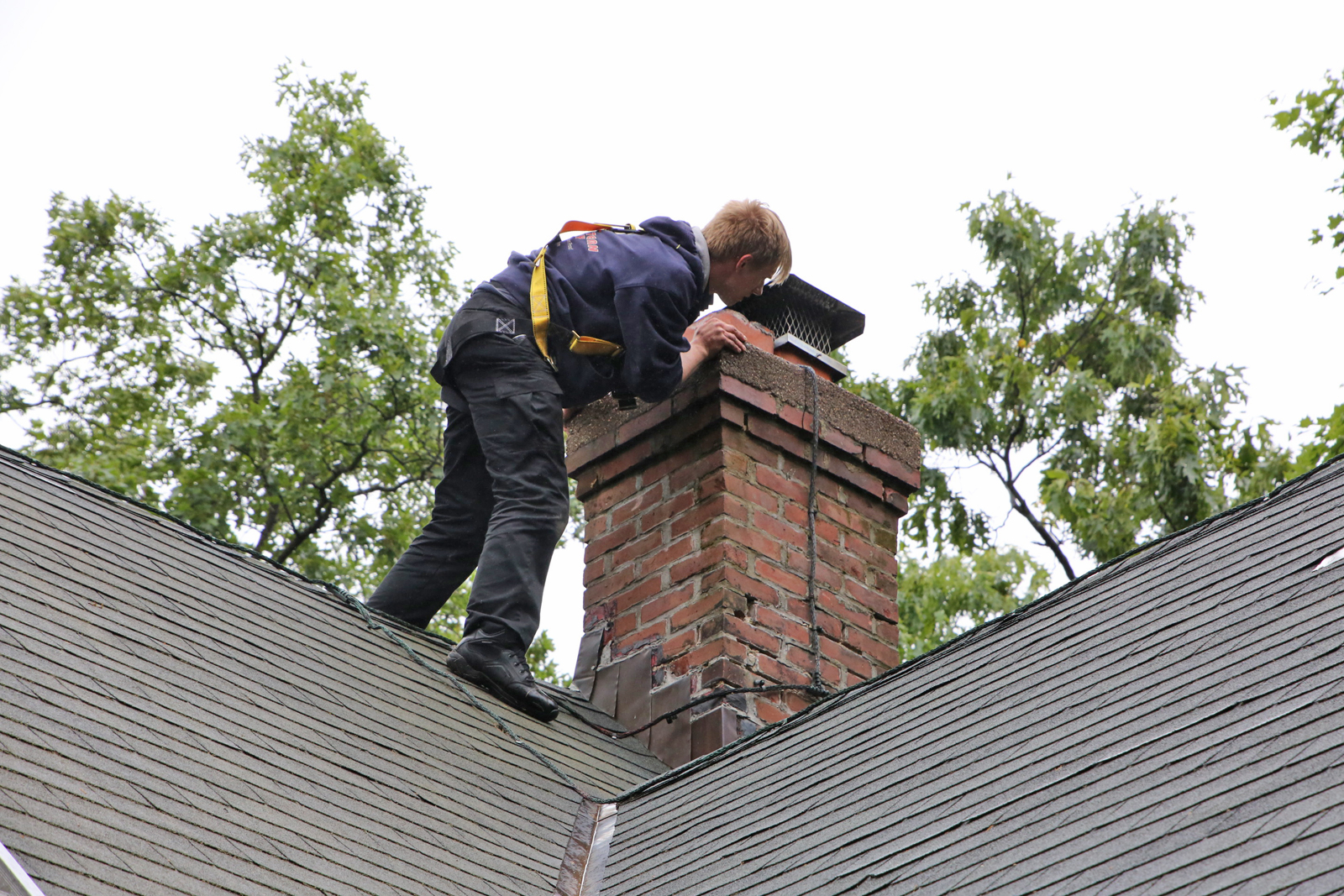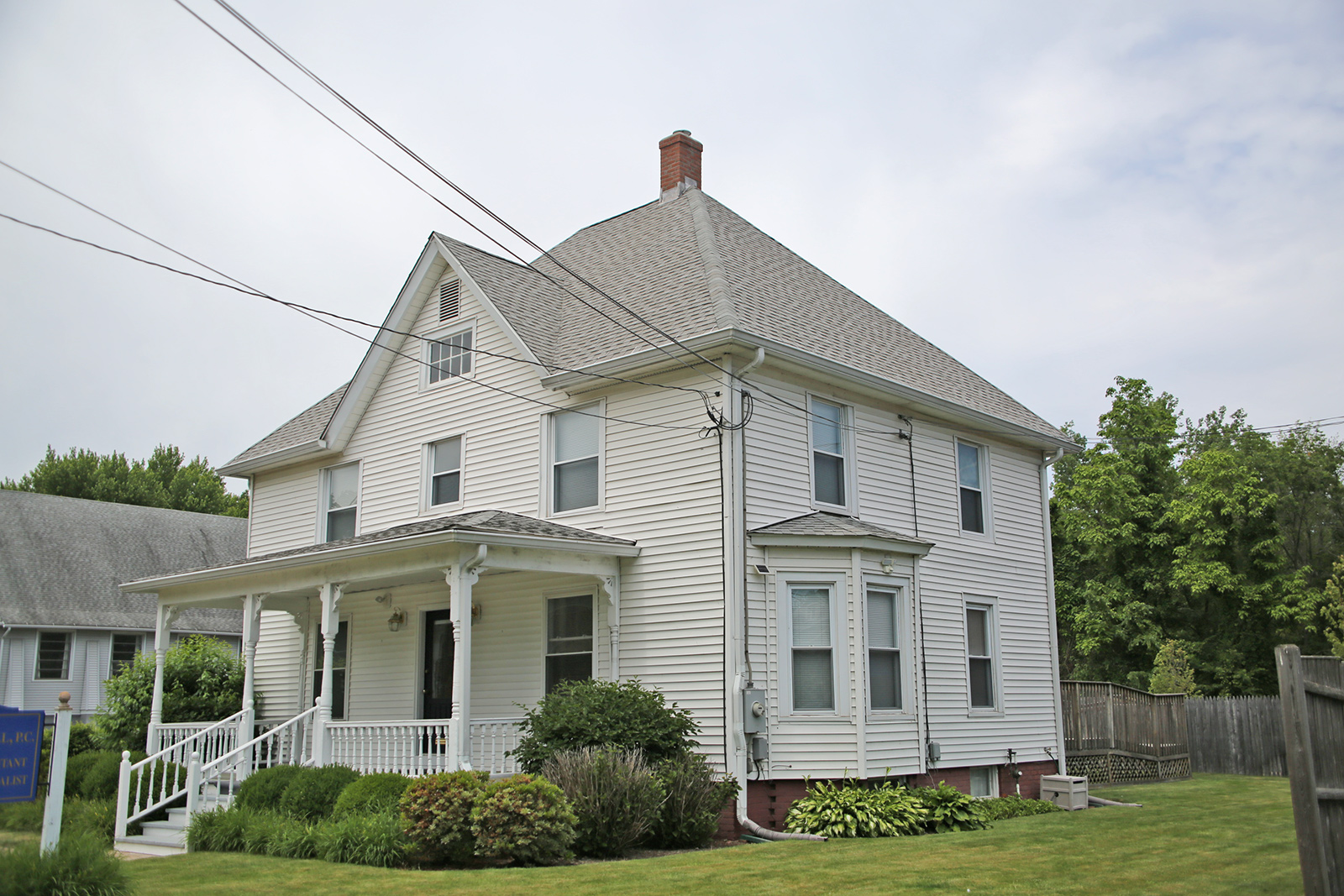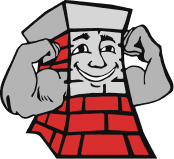5 Chimney Basics Every Homeowner Needs to Know
Every homeowner needs to understand the basics of a chimney. Understanding the following five chimney basics will help ensure proper maintenance and care that will not only prolong its lifespan but will also help keep your home and family safe.
 Chimney Inspection and Cleaning
Chimney Inspection and Cleaning
Chimneys should be inspected and cleaned annually, according to the Chimney Safety Institute of America (CSIA). It is the best way to ensure your fireplace and chimney are structurally sound and safe for use. The most common inspection is a level 1 chimney inspection. During the inspection, a qualified chimney sweep will perform a visual inspection of the accessible areas of the fireplace and chimney. It is a top to bottom examination of the chimney interior and exterior. The review will reveal any abnormalities or damages that need attention before they become more expensive repairs. The chimney sweep will also advise the homeowner if they recommend chimney cleaning.
Regularly cleaning the chimney will make it easier to maintain the chimney, improve efficiency, and reduce the risk of fire and exposure to carbon monoxide. Otherwise, excessive creosote can develop inside the flue, increasing the risk of fire. Fire safety experts report that most residential fires are due to excessive creosote build-up in the chimney. If you haven’t done so already, contact your chimney sweep to schedule a chimney inspection.
Flue Liner
Many masonry chimneys have a flue liner to protect the interior walls from the heat and corrosion of a fireplace or heating stove. It also helps contain the heat inside the chimney protecting the combustible parts of the home. Some older chimneys were built without a liner making the masonry more prevalent to heat-related damage. Terra cotta clay tiles are the most common liners. Clay tile liners do not absorb and distribute heat very well, making them prone to cracking. Damaged clay tiles should be repaired or replaced. Otherwise, there will be a degradation in heating efficiency and an increased risk of fire. There are also cast-in-place cement and stainless-steel flue liners available. Your chimney sweep will check the flue liner during a chimney inspection and will recommend repair or replacement when necessary.
Chimney Cap
The chimney cap covers the flue opening to prevent moisture, debris, and small animals or pests from getting inside. Some caps also have a spark guard to keep hot embers from flying out of the flue and onto the roof. If the cap is damaged or missing, it should be immediately repaired or replaced. A damaged or missing cap will expose the flue to the external elements. For example, rain and snow can damage the masonry and internal components. Also, leaves, twigs, and small animals can clog the flue obstructing the venting of dangerous fumes, causing carbon monoxide to back-up into your living space. Aesthetically pleasing chimney caps with a wire mesh screen and spark guard are available that will help protect your flue from intruding moisture, debris, and small animals.
Burn Only Seasoned Firewood
It is recommended that homeowners only burn seasoned firewood in the fireplace or stove. Wood that has been “seasoned” or dried for at least six months has a much lower moisture content than “green” or fresh wood. The higher moisture content will create a smokier fire that will burn faster at cooler temperatures with more creosote. On the other hand, seasoned firewood burns hotter with less smoke and creosote. You will have a longer-lasting, more enjoyable fire, too.
 Don’t Leave a Fire Unattended
Don’t Leave a Fire Unattended
Don’t forget to extinguish the fire before leaving your home or going to bed. It is not safe to leave a fire unattended. Putting out the fire is a simple, three-step process. First, use the fireplace poker to spread out the wood embers carefully. Next, use the fireplace shovel to scoop up the ash and cover the embers. Continue the process until the flames are extinguished. Finally, once the fire is entirely out, pour a baking soda over the ash. Just a thin layer will suffice.
Contact us today to learn more about how to care for your home’s Chimney!
Northeastern Chimney, Inc.
37 Cody Street, West Hartford, CT 06110
Phone: 860-233-5770


